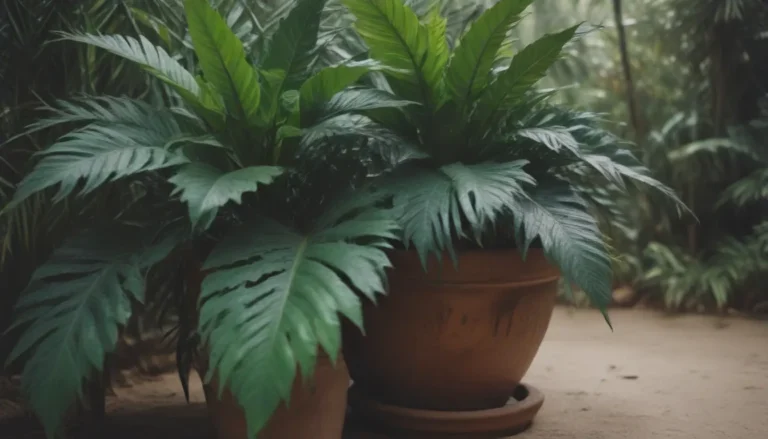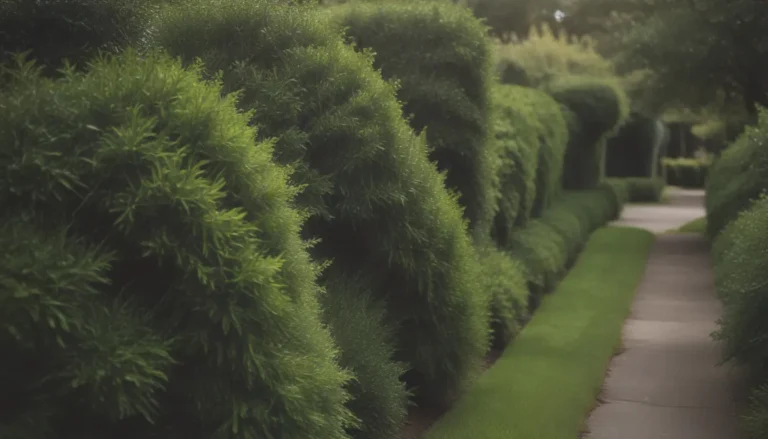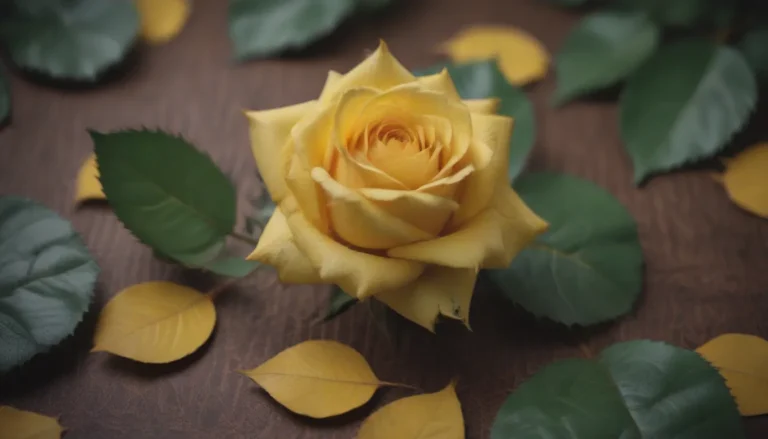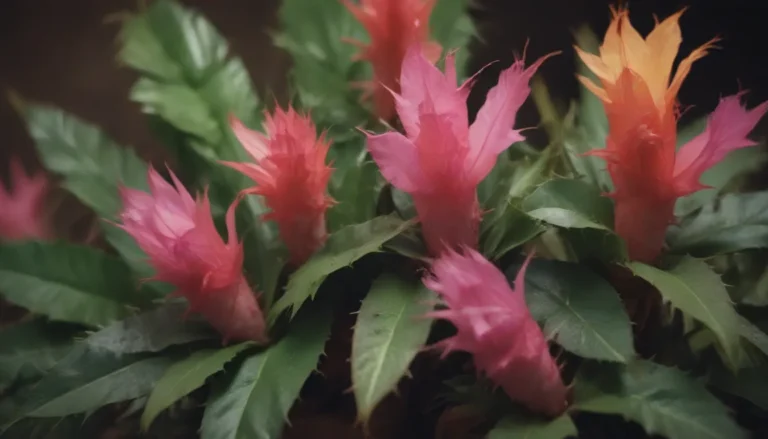Everything You Need to Know About Ladybug Larvae and How They Benefit Your Garden
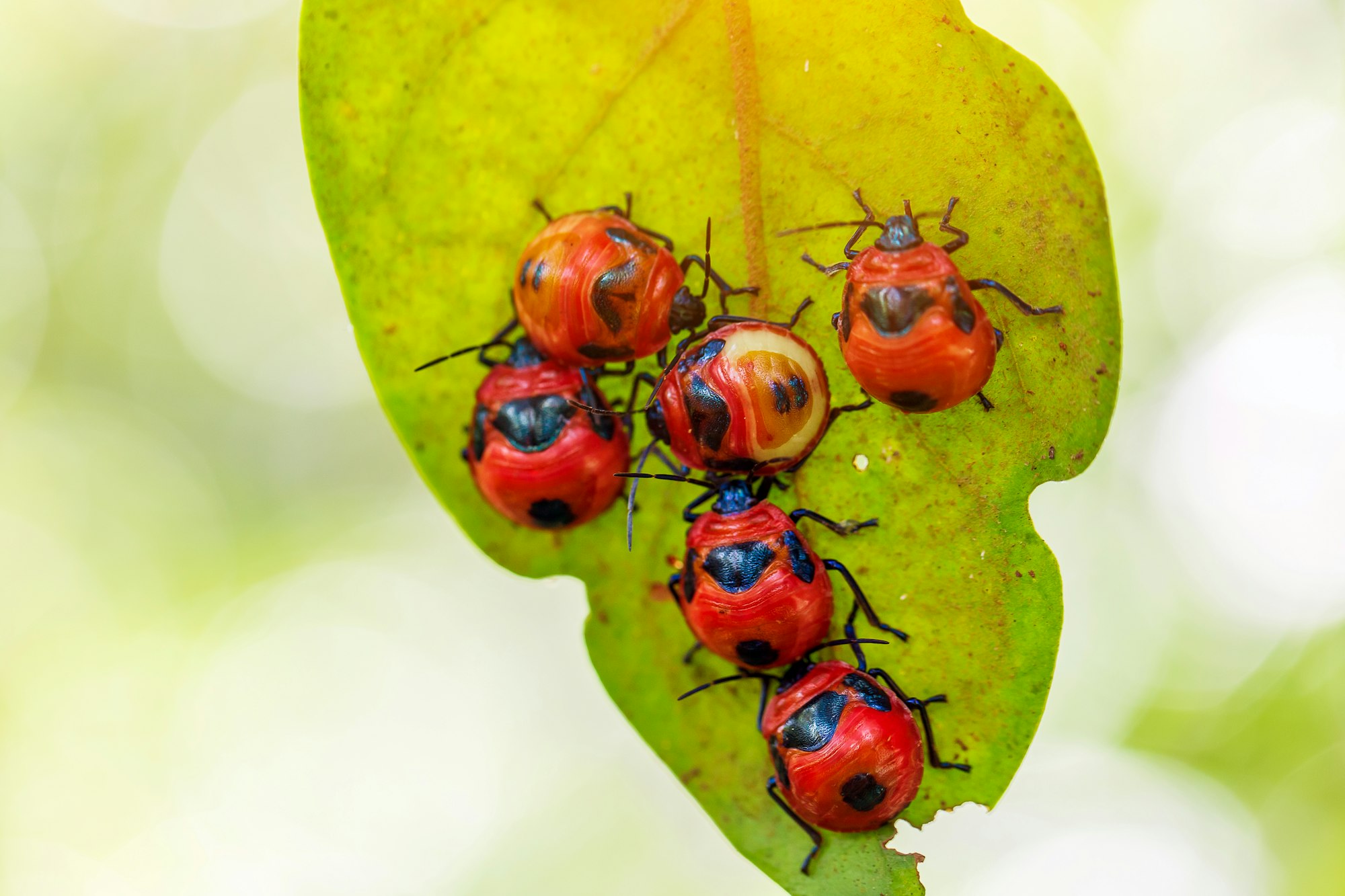
When you think of ladybugs, you probably picture those adorable red beetles with black spots. But did you know that before they reach their iconic adult form, ladybugs go through a fascinating transformation? And it’s during this lesser-known stage of their life cycle that they’re most beneficial to your garden!
In this comprehensive guide, we’ll dive deep into the world of ladybug larvae. You’ll learn why these tiny creatures are a gardener’s best friend, how to identify them, and how to create the perfect environment for them to thrive in your garden. So, let’s get started on this journey to unlock the secrets of these unsung garden heroes!
The Life Cycle of Ladybugs: From Egg to Adult
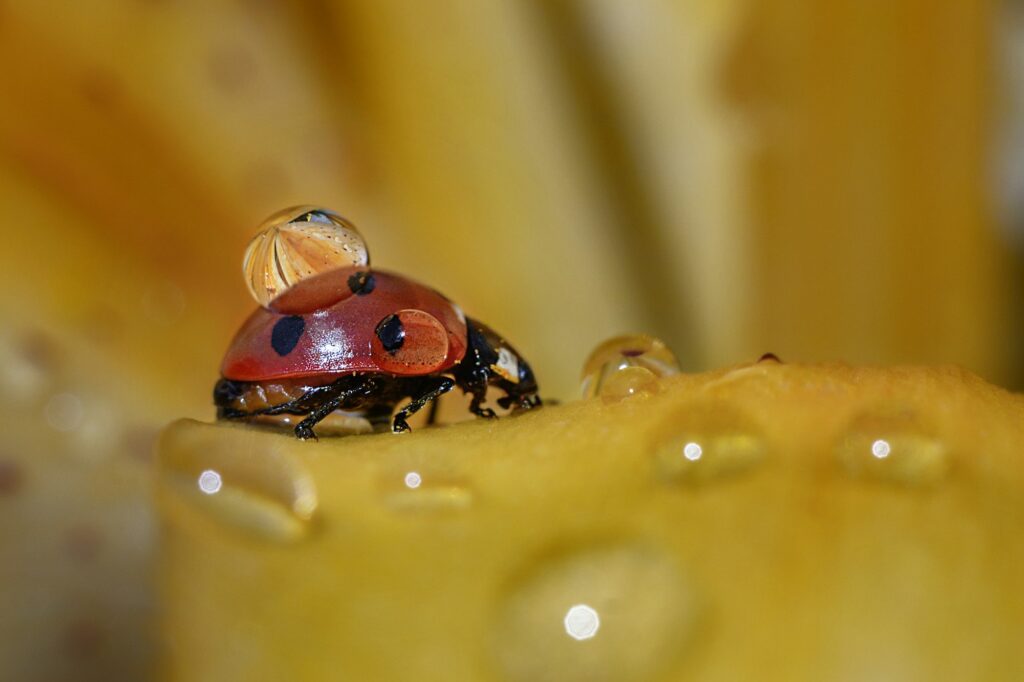
Before we delve into the specifics of ladybug larvae, it’s essential to understand the complete life cycle of these remarkable insects. Ladybugs undergo a process called complete metamorphosis, which consists of four distinct stages:
- Eggs: The journey begins when adult female ladybugs lay clusters of tiny, oval-shaped eggs on the underside of leaves.
- Larvae: After about a week, the eggs hatch, and ladybug larvae emerge. This is the stage we’ll be focusing on most in this article.
- Pupae: Once the larvae have grown and molted several times, they enter the pupal stage, where they transform into adults.
- Adults: Finally, the familiar ladybug emerges, ready to continue the cycle.
Interestingly, this entire process can take as little as six weeks for some species, like the sevenspotted lady beetle. It’s a testament to the incredible efficiency of nature and the rapid growth of these beneficial insects.
Ladybug Larvae: The Unsung Heroes of Your Garden
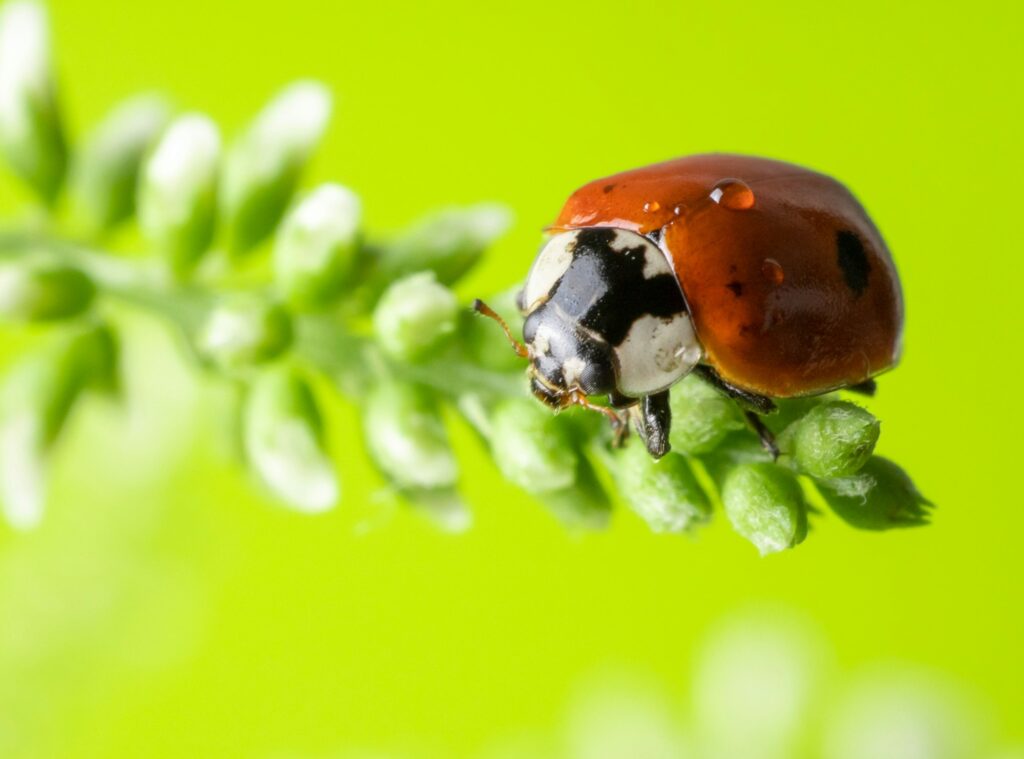
Now that we understand where larvae fit into the ladybug life cycle, let’s explore why this stage is so crucial for your garden’s health.
Appearance: Not Your Typical Cute Bug
If you’re expecting ladybug larvae to look like miniature versions of adult ladybugs, you’re in for a surprise. These little creatures have a unique appearance that might catch you off guard at first:
- Length: Approximately 1/2 inch long
- Body shape: Elongated and spiny
- Color: Black with red, orange, or white markings
At first glance, you might mistake them for tiny alligators or even consider them pests. But don’t be fooled by their somewhat intimidating appearance – these little guys are your garden’s best friends!
The Voracious Appetite of Ladybug Larvae
Here’s where ladybug larvae really shine: their incredible appetite for garden pests. These tiny eating machines can consume an astonishing number of harmful insects in a short period. For example:
A single ladybug larva can devour up to 400 aphids in just three weeks!
But their menu doesn’t stop at aphids. Ladybug larvae also feast on:
- Soft scale insects
- Whitefly pupae
- Thrips
- Spider mites
This diverse diet makes ladybug larvae an incredibly effective natural pest control solution for your garden. By allowing these beneficial insects to thrive, you’re creating a balanced ecosystem that can significantly reduce or eliminate the need for chemical pesticides.
Creating a Ladybug-Friendly Garden
Now that you understand the immense value of ladybug larvae, you’re probably wondering how to attract and keep these beneficial insects in your garden. Here are some tips to create the perfect ladybug habitat:
1. Provide a Diverse Food Source
While ladybug larvae primarily feed on garden pests, adult ladybugs also need pollen for nutrition. By planting a variety of flowers, you’ll create an inviting environment for ladybugs throughout their life cycle. Some ladybug-friendly flowers include:
- Angelica
- Calendula
- Marigold
- Cosmos
- Dandelion
- Geranium
2. Offer Water Sources
Like all living creatures, ladybugs need water to survive. Provide shallow water sources in your garden, such as:
- A shallow saucer filled with water
- A birdbath with some pebbles for the ladybugs to rest on
- Misting your plants regularly
Remember to change the water frequently to prevent mosquito breeding.
3. Create Shelter
Ladybugs need places to hide and overwinter. You can provide shelter by:
- Leaving some areas of your garden slightly unkempt
- Providing ground cover plants
- Installing a ladybug house (you can buy these or make your own!)
4. Avoid Pesticides
This one’s crucial: minimize or eliminate the use of chemical pesticides in your garden. These harmful substances don’t discriminate between beneficial insects and pests, and they can wipe out your ladybug population along with the harmful bugs.
5. Be Patient
Building a thriving ladybug population takes time. By consistently providing a welcoming environment, you’ll gradually see more ladybugs – and their larvae – making their home in your garden.
Identifying Ladybug Larvae in Your Garden
Now that you’re creating the perfect ladybug habitat, it’s important to be able to identify these beneficial creatures in their larval stage. Here are some key features to look out for:
- Size: Ladybug larvae are typically about 1/2 inch long.
- Shape: They have elongated bodies with visible segments.
- Color: Most species are dark-colored (often black) with bright markings in red, orange, or white.
- Texture: Their bodies are covered in small, spiny protrusions.
- Movement: Ladybug larvae are quite active, moving quickly across leaves and stems in search of prey.
Remember, ladybug larvae look nothing like adult ladybugs, so it’s easy to mistake them for pests. By familiarizing yourself with their appearance, you can ensure you’re not accidentally removing these beneficial insects from your garden.
The Benefits of Ladybug Larvae: Beyond Pest Control
While the pest-control abilities of ladybug larvae are impressive, their benefits to your garden extend even further. Let’s explore some of the additional advantages of having these tiny helpers in your garden:
1. Natural Balance
By introducing ladybug larvae into your garden, you’re promoting a natural balance in your garden’s ecosystem. This balance can lead to:
- Reduced need for chemical interventions
- Increased biodiversity
- A more resilient garden that can better withstand environmental stresses
2. Pollination Support
Although ladybug larvae don’t directly pollinate plants, their presence supports pollination in indirect ways:
- By controlling pests that might otherwise damage flowers
- By encouraging gardeners to plant more diverse flora, which attracts other pollinators
3. Soil Health
As ladybug larvae move through your garden hunting for pests, they contribute to soil health by:
- Aerating the soil with their movement
- Adding organic matter to the soil through their waste
4. Educational Opportunities
Having ladybug larvae in your garden provides excellent opportunities for learning, especially if you have children:
- Observing the life cycle of ladybugs firsthand
- Learning about beneficial insects and their role in ecosystems
- Developing an appreciation for natural pest control methods
Common Misconceptions About Ladybug Larvae
Despite their numerous benefits, there are some common misconceptions about ladybug larvae that we should address:
Misconception 1: Ladybug Larvae Are Harmful to Plants
Reality: Ladybug larvae do not harm plants. They feed exclusively on other insects and occasionally on pollen, but they do not damage plant tissues.
Misconception 2: All Larvae in the Garden Are Beneficial
Reality: While ladybug larvae are beneficial, not all larvae you find in your garden are helpful. It’s important to correctly identify the larvae you see before deciding whether to remove them or not.
Misconception 3: Ladybug Larvae Don’t Need Water
Reality: Like all living creatures, ladybug larvae need water to survive. Providing water sources in your garden is crucial for maintaining a healthy ladybug population.
Misconception 4: You Can’t Buy Ladybugs for Your Garden
Reality: You can actually purchase ladybugs to release in your garden. However, it’s important to buy native species and provide the right environment to encourage them to stay.
Native vs. Introduced Ladybug Species
While we’ve been singing the praises of ladybugs and their larvae, it’s important to note that not all ladybug species are equally beneficial. In fact, some introduced species can cause problems. Let’s compare native and introduced ladybug species:
Native Ladybug Species
Native ladybug species, such as the convergent lady beetle, are well-adapted to local ecosystems and provide numerous benefits:
- Effective pest control
- Support for local biodiversity
- Lower risk of becoming invasive
Introduced Ladybug Species
Some introduced species, like the harlequin ladybird (also known as the Asian lady beetle), can cause issues:
- May outcompete native species
- Can become household pests, invading homes in large numbers
- Might bite humans (though this is rare and usually harmless)
When purchasing ladybugs for your garden, always opt for native species to support your local ecosystem.
Frequently Asked Questions About Ladybug Larvae
To wrap up our comprehensive guide, let’s address some common questions about ladybug larvae:
Q: How long does the larval stage of a ladybug last?
A: The larval stage typically lasts 2-3 weeks, depending on the species and environmental conditions.
Q: Can ladybug larvae fly?
A: No, ladybug larvae cannot fly. They move around by crawling on plants and the ground.
Q: Do ladybug larvae bite humans?
A: Ladybug larvae do not bite humans. They’re completely harmless to people and pets.
Q: How can I tell the difference between ladybug larvae and harmful caterpillars?
A: Ladybug larvae have six legs near their head and don’t have the fleshy prolegs that caterpillars have along their body. They also move more quickly than most caterpillars.
Q: What should I do if I find ladybug larvae in my garden?
A: The best thing to do is leave them alone! They’re providing valuable pest control services for your garden.
Conclusion: Embracing the Power of Ladybug Larvae
As we’ve discovered, ladybug larvae are truly the unsung heroes of the garden world. These tiny, voracious predators play a crucial role in maintaining a healthy, balanced garden ecosystem. By understanding their lifecycle, needs, and benefits, we can create environments where they thrive, leading to healthier plants and reduced need for chemical interventions.
Remember, a garden teeming with ladybug larvae might not look as picturesque as one filled with adult ladybugs, but it’s a sign of a thriving, balanced ecosystem. So the next time you spot one of these spiny, alligator-like creatures crawling across your plants, give a little cheer – your garden’s natural pest control team is hard at work!
By embracing these beneficial insects in all their life stages, we’re not just improving our gardens – we’re taking a step towards more sustainable, environmentally friendly gardening practices. And that’s something every gardener can feel good about.
So, are you ready to welcome these tiny garden heroes into your outdoor space? With the knowledge you’ve gained from this guide, you’re well-equipped to create a ladybug-friendly paradise in your own backyard. Happy gardening!

